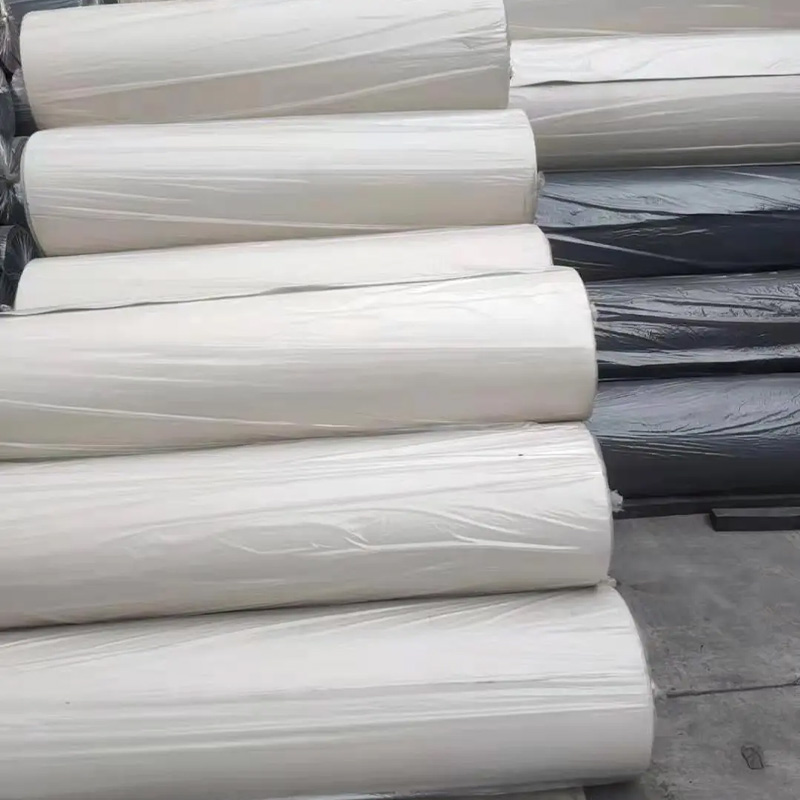Part1
Removing Old Stripping and Prepping the Frame
-
Gaps in window and door frames are unavoidable and affect your home’s temperature. Weather stripping is great for dealing with this problem, but it doesn’t last forever. Fortunately, old weather stripping is easy to replace and doesn’t require a lot of tools or DIY experience. Before you can perform the replacement, take down the old stripping and prepare the door or window frame. Choose an adequate replacement, cut it to the right size, then attach it to the frame. Well-fit weather stripping keeps out drafts and can even lower your energy costs!Remove any screws holding the old weather stripping in place. Metal weather stripping is held in place by screws. Check along the center of each piece to find the screws, then use a Phillips screwdriver to remove them by turning them counterclockwise. Once the screws are out, the weather stripping will be loose and easy to pull out as well.
- If you aren’t replacing metal pieces, then you can most likely peel off the weather stripping by hand.
- You can also remove weather stripping with a screw gun.
Peel adhesive weather stripping off the frame. Most types of weather stripping are very easy to remove without risk to your home. Grasp one end of the weather stripping, then attempt to pull it up. Adhesive material typically comes up right away. If it doesn’t, get a putty knife, pliers, or another tool to lift it up by force.- You can also remove your old weather stripping with a sharp knife.
- To remove stuck adhesive weather stripping, slide a putty knife underneath one corner. Gradually push the knife toward the weather stripping to separate it from the frame.
- If you’re replacing screw-on weather stripping, pry it off. Set a pry bar underneath one corner and tap it with a hammer to wedge it underneath the weather stripping. Pry it up evenly on all sides.
Clean the door frame with soap and water to clear away debris. Mix equal amounts of warm water and a gentle dish soap, then scrub the frame with a soft cloth or sponge. If you removed adhesive weather stripping, make sure you eliminate any remaining glue or caulk.
Some of it may be too hard to scrub off, so try scraping it off with a putty knife. Remove all of it so it doesn't get in the way of the new weather stripping.[5]- If you are unable to get rid of debris any other way, wear it off with fine-grit sandpaper, or 180 to 220-grit. With light but consistent pressure, rub the sandpaper across the frame.
- Let the frame dry before attempting to apply filler or paint. Wipe it down with a soft cloth or allow it to air dry for about 30 minutes.
Fill in any nail holes using a paintable wood filler. These spots have to be filled in before you can install new weather stripping. Use a little bit, about a dime-sized amount of filler, for each hole. Pick it up with the edge of a flexible putty knife, then scrape it across the hole.
Make sure all of the holes appear hidden and consistent with the surrounding wood before letting the filler dry for up to 6 hours.[6]- Note that some wood fillers have to be activated before use. Depending on the product, you will have to add water or knead it. Check the manufacturer’s instructions to get the filler to the proper consistency.
- Filler tends to shrink as it dries. To prevent the holes from showing up later, make sure they are well-covered. Use a little more filler than you think you will need, spreading it over the hole.
-
Repaint the frame to make it look fresh and consistent. Before painting, put on safety gear, such as a dust mask. Cover up nearby surfaces with plastic sheeting and painter’s tape as needed.
Then, coat the frame with a quality acrylic latex paint and a 3 in (7.6 cm) paint brush. Finish the interior part of the frame, then go over the exterior portions on both sides of the door.[7]- If your frame is unpainted or has an oil-based finish, opt for an oil-based primer and paint instead. Alternatively, you could choose not to paint it at all and blend in the wood filler as best you can.
- Wedge doors and windows open while you’re painting. Remove any screens that could get in the way. You could also detach the door or window sash to make painting easier.
- Give the paint plenty of time to dry. Latex paints take at least 4 hours to dry, while oil-based paints can take as long as 24 hours. Check the manufacturer’s instructions.









